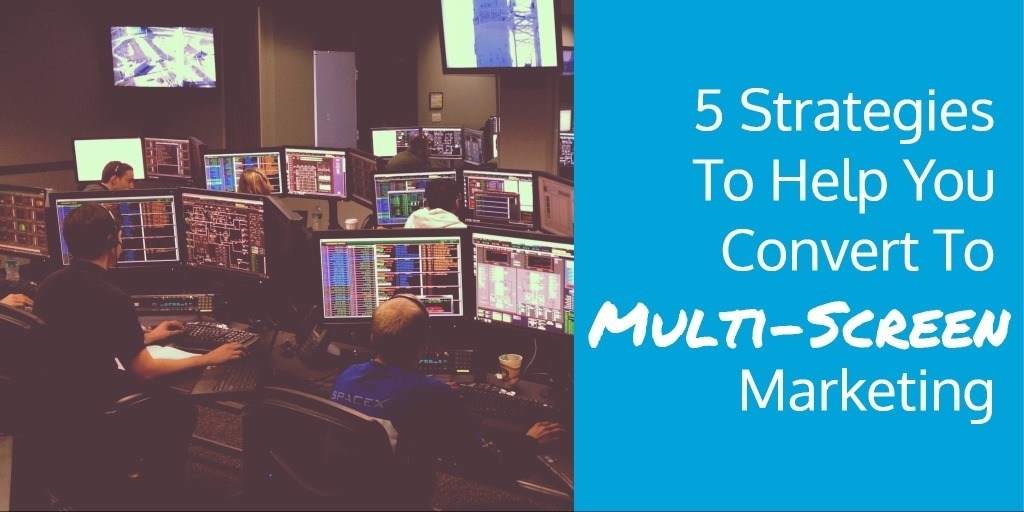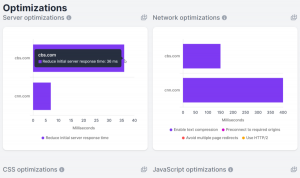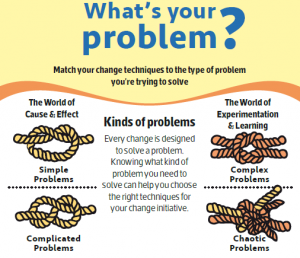
Historically, television ads have been one of the most effective ways to reach a large audience. TV broadcasts, when first introduced, reached millions of residents in ways that were never before possible. The development and popularization of the internet led to a new revolution, connecting people in new ways, and presenting an alternative to advertisers; online ads were (and still are) less expensive, and could reach a different segment of the market.
Accordingly, the industry became somewhat divided, with many brands sticking with TV-based marketing campaigns, and others venturing into online-only advertising. But now, we’ve entered a new era of consumer reach and consumer interactions—and neither approach is enough to see your maximum potential.
The Multi-screen Approach
Today’s consumers aren’t communicating or watching videos on a single screen, or in a single medium. According to Dan Hagen, Chief Strategy Officer, Carat UK, this trend is driven by millennials: “Millennials often engage in aggregate digital consumption. During the hours spent in front of a television, they will have a mobile phone, a tablet or even a laptop going at the same time. You could argue that there’s not enough hours in the day to cram all of this media, so as a result, millennials engage with a mesh of media across devices.”
The trend isn’t limited to millennials, either. In the UK, 67 percent of the total population accesses content on their phones regularly (with 91 percent of millennials doing so). With consumers actively engaging on multiple devices at once, you need to reshape your strategy so you can engage with them on all fronts. This may include diversifying your advertising portfolio, placing ads on YouTube and Facebook in addition to running TV commercials, or utilizing cross-medium advertising campaigns that can hit consumers at multiple stages of consideration.
How To Build A Multi-screen Empire
Let’s say you’ve historically stuck to only one “screen” in the modern landscape. What can you do to convert your existing approach to a multi-screen approach as effectively as possible?
1. Know Your Audience.
First, you need to know your audience. Not all audiences respond with equal enthusiasm to a multi-screen approach; for example, older demographics use multiple screens simultaneously far less than their younger counterparts. This piece of information should dictate the relative prioritization of your multi-screen budget. On top of that, knowledge of your audience should help you figure out what types of ads and marketing strategies should constitute the majority of your work.
2. Tailor Your Content To Your Medium.
You’ll need to develop different content for each different device or medium you plan to target. Accordingly, you’ll want to customize that content to serve each placement opportunity appropriately. For example, people watching short YouTube videos may have shorter attention spans and limited patience, so you’ll want faster, more concise ads there. YouTube-watching populations may also skew somewhat younger—but in most online platforms, you can customize your target demographics to your liking.
3. Avoid Spam.
Today’s audiences have little tolerance for advertising, especially when it interferes with the core content they actually want to see. The multi-screen approach lends itself to placing lots of ads in many places, so be careful not to overdo it; too many ads in too many places, with too much repetition can make your brand too annoying to do business with.
4. Incorporate Multi-screen In Other Areas.
Multi-screen brand experiences are about more than just marketing and advertising. You’ll also need to consider how your consumers prefer to access customer service and other company content; for example, automating your help desk and offering high-quality experiences to laptop users, smartphone users, and traditional phone users can significantly boost your customer satisfaction and retention.
5. Use Analytics To Optimize Your Budget.
Your ads aren’t going to perform equally across all screens. After each run, carefully analyze your performance in each area, and don’t be afraid to experiment to learn more about how your core demographics respond to different types of content. Eventually, you’ll likely find that one of your screens or channels operates more efficiently than the others; upon this discovery, you’ll want to rebalance your budget so you spend more time and money on the more effective channel. This is a process you should be using regularly—monthly or quarterly—to keep improving your performance.
Multi-screen marketing campaigns are slowly becoming the new “normal” for marketers and advertisers. If you haven’t yet converted your campaign to accommodate for multiple screens and multiple modes of consumption, and you have the audience to support these efforts, it’s time to make the upgrade. Experiment with the approach; you might be surprised what you can learn.
* Adapted lead image: Public Domain, pixabay.com via getstencil.com
The post 5 Strategies To Help You Convert To Multi-Screen Marketing appeared first on Search Engine People Blog.
(87)







